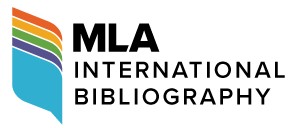Abstract
In God, Justice, Love, Beauty, Jean-Luc Nancy thoroughly elucidates his perspectives on beauty, extending beyond the confines of conventional epistemological aesthetics by introducing deconstructionism to the discourses on aesthetic issues. Specifically, Nancy reinterprets the legend of Narcissus, positioning its theme as the movement of beauty's self differentialspacing, and unveiling the différance inherent in beauty. However, as a generalized spacing movement, différance cannot highlight the singularity of beauty. Consequently, through an analysis of douard Manet's painting Reading, Nancy contends that beauty, as a motion of meaning that transcends signification, can only be represented as being of near-nothingness, that is, as a transparent representation. Nevertheless, beauty, as a motion of meaning, persistently exposes itself to the relational existence often succumbing to circular reference or self-cancellation. Thus, Nancy argues that the ultimate destination of beauty is the punctuated truth, which serves as an anchor point for enchained senses and, consequently, allow them to belong to each other even in separation from beauty.
Keywords
Jean-Luc Nancy, beauty, différance, transparency, truth
First Page
205
Last Page
214
Recommended Citation
Zhang, Zhizhong. 2025. "Différance, Transparency and Truth: Jean-Luc Nancy on Beauty." Theoretical Studies in Literature and Art 44, (6): pp.205-214. https://tsla.researchcommons.org/journal/vol44/iss6/21
Included in
Aesthetics Commons, American Studies Commons, Chinese Studies Commons, Classics Commons, Comparative Literature Commons, Film and Media Studies Commons, Modern Literature Commons, Theatre and Performance Studies Commons


